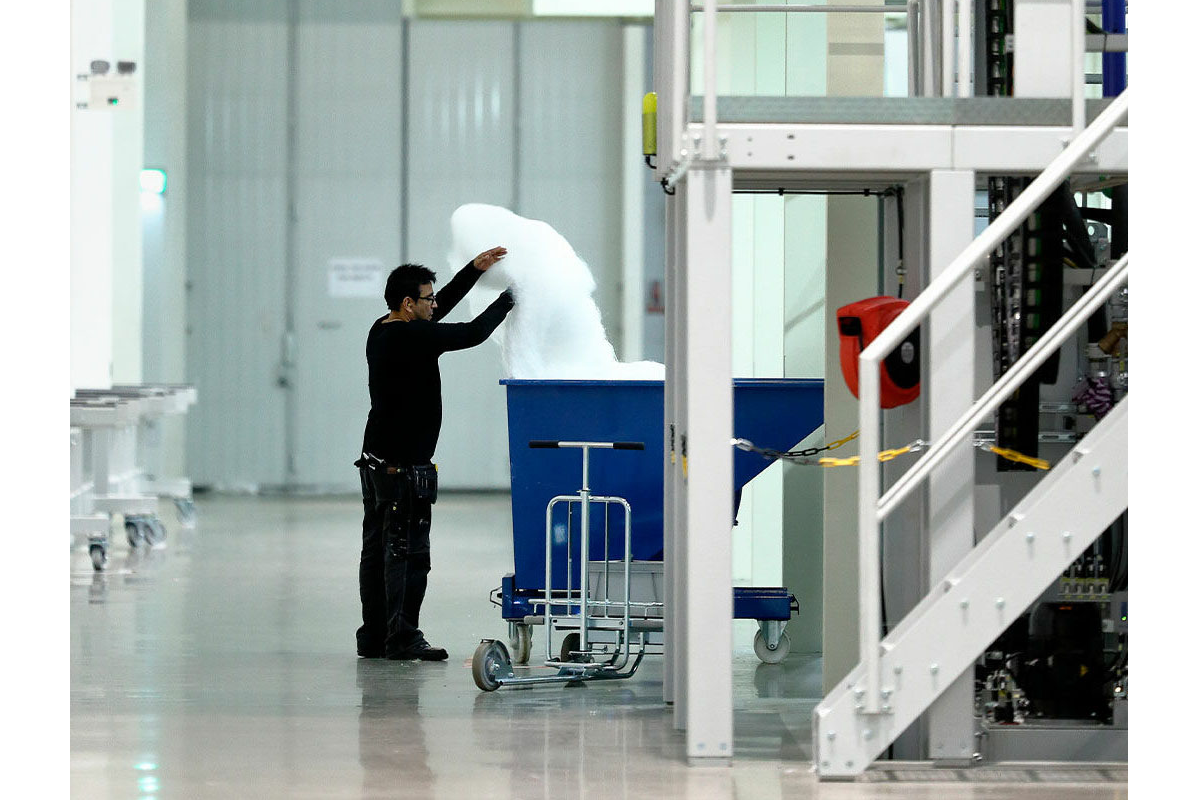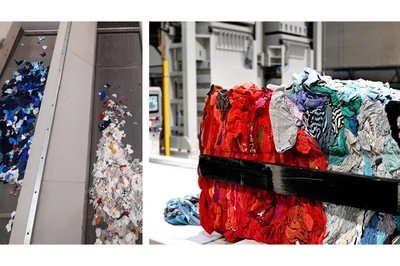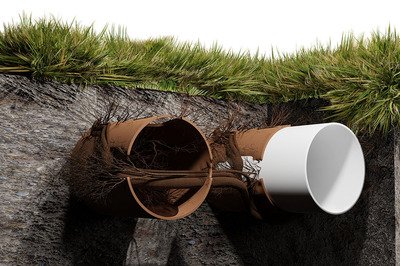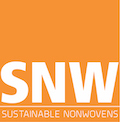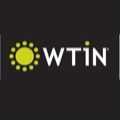
For many years now, reducing energy costs has been central to the ongoing development of technologies for the production of nonwovens and at INDEX™23 in Geneva from 18-21 April 2023, visitors will discover many new advances aimed at lowering consumption.
The bonding and finishing processes in nonwovens production can be particularly energy intensive and energy prices have been a major concern to the supply chain since rocketing after Russia’s invasion of Ukraine in February last year – especially in Europe.
At the start of December last year, EDANA, the leading global association of nonwovens and related industries, welcomed a price cap for natural gas wholesale prices of 180€/MWh agreed by European energy ministers, but cautioned that it was still too high.
“The European nonwovens industry is suffering, and this will not be enough to ensure competitiveness at an international level,” said Murat Dogru, EDANA’s General Manager in response, urging a more meaningful price cap of ideally no higher than 80€/MWh to be set.
Optimism
While there is still much uncertainty, however, there are now grounds for some optimism.
Germany, for example, as the EU’s industrial powerhouse, no longer depends on Russian imports for around half of its gas and more than a third of its oil as it did before the invasion of Ukraine. The country has rapidly established alternate sources of energy, reopening coal-fired power plants, delaying plans to shut down its three remaining nuclear power plants and increasing its capacity to store natural gas imported from other countries such as Norway and the US.
European gas prices also dipped to a level last seen before February 2022 in January this year, after warmer weather across the continent eased concerns over shortages. Europe’s gas price, meanwhile, dropped to around 83.70€/MWh. In addition, European gas storage was 83% full by January, compared with a historical average of less than 70% and it is expected to be just above 50% at the end of March – far higher than the 30% originally expected.
Out of the woods
“Following a short-lived cold snap, a relatively mild winter has substantially reduced gas demand for heating,” said Kim Fustier, the Head of European oil and gas research at banking giant HSBC. “Europe is out of the woods for this winter, even if cold weather returns.”
The bank has subsequently cut its 2023 forecasts for the price of gas traded in Europe by about 30% and its forecast for 2024 by 20%.
However, EDANA and aligned trade associations point out that energy costs in Europe are still much higher than in the USA and in China and its neighbouring countries, which is severely impacting the long-term business case for producing in the EU.
In addition, international competitors and trade partners elsewhere have developed comprehensive state-aid frameworks for their domestic industries, despite not being affected by the 2022 crisis.
Independence
For Giorgio Mantovani, COO and CFO of Italian absorbent hygiene products manufacturer Corman and a member of INDEX™ Advisory Board, energy consumption has long been a consideration for forward-looking companies.
“With the help of Clenergy, an independent consultancy specialising in energy efficiency, we have worked on this issue since 2014,” he explained. “A sensor network has been developed and installed at our production plant, for example, which helps to track inside energy flows and correctly assign the associated energy costs to each product and production line, in order to understand which are the most energy thirsty processes.”
As a result, having gathered a significant amount of information on energy consumption, the company has been able to evaluate investments in production lines focusing on not just production needs, but also energy efficiency.
The retrofitting of existing lines, including installing inverters on the largest motors to reduce consumption spikes, or replacing production line components which created inefficiencies, has also been part of the action plan.
Corman subsequently moved into a new plant in 2019, which is heated and refrigerated using geothermal energy and as a result is totally independent from natural gas. It also has a photovoltaic plant covering almost 10% of the company’s energy needs and an upgrade is being considered, since the rise of energy market values has considerably reduced the payback time.
“When it comes to energy purchasing, Corman adopts flexible price contracts policies and is constantly monitoring the market in order to minimise its energy bill,” Giorgio Mantovani concluded. “Starting this year, we will also purchase energy directly on a dedicated market which has been created with the aim of decoupling overall energy prices from that of natural gas.”
Blue Extrusion
There is much that can still be done through innovation, as is also illustrated by the recent collaboration between INDEX™23 exhibitors Fitesa, a leader in nonwoven roll goods, and Reifenhäuser Reicofil, the spunmelt technology specialist.
Per ton of material produced, Fitesa’s northern-most production plant in Norrköping, Sweden, now has the lowest energy consumption of all the group’s global sites, following the installation of a customised Blue Extrusion package from Reicofil.
Reicofil not only insulated the components of Fitesa’s latest Reicofil spunmelt line at the plant, but also developed and implemented a comprehensive energy-savings concept for the production facility.
The new Reicofil line was clad in a kind of insulation suit – a non-combustible insulating material that is heat-resistant up to 500°C. In principle, all heat-bearing components on Reicofil lines can be encased, including extruders, calenders and dryers.
A more complex and highly customised task was to develop an overall energy concept to reduce carbon footprint in production, based on environmental conditions, available energy sources and the air-conditioning systems in the production hall.
Since a lot of heat is generated in the production of nonwovens, an obvious further solution was to use the waste heat from the line to heat the entire plant. This enabled Fitesa to dispense with an additional heating system which would otherwise have been necessary.
CO2
“In theory, we could have fitted a heat exchanger in every air stream but every measure had to be worthwhile both economically and ecologically, because in the end, the more materials we use, the higher the CO2 consumption,” explained Fitesa Sales Manager Falk Roesner.
This calculation was part of Reifenhäuser’s consultancy service – the machine builder fully advises and supports its customers on their path to energy-efficient, CO2-neutral production, and identifies energy-saving potential.
“The easiest efficiency yardstick is the electricity bill and rising energy prices accelerated the return on investment in 2022,” Falk Roesner added. “Of course, it’s saving us money, but today energy efficiency is a moral obligation, not necessarily an economic objective. We simply can’t afford to be wasteful anymore.”
As such, Fitesa’s objective was to improve the energy profile and significantly reduce carbon footprint – a goal it is systematically pursuing at all of its sites and not just at Norrköping on the 58th parallel, where the sun can be visible for barely six hours in the depths of winter.
